Simon’s Garden – Amanda Patton On Her Desire To Make The 2025 Chelsea Flower Show

Contributions From AMANDA PATTON

After founding Amanda Patton Landscape & Garden Design in 2000, Amanda has designed various award-winning gardens at RHS Chelsea and Hampton Court Flower Shows. She was shortlisted for Landscape Photographer of the Year in 2020 and was previously awarded the Judge’s Award from the Society of Garden Designers. Prior to her work as a designer, she illustrated all but one of Alan Titchmarsh’s gardening books.
Amanda Patton is a renowned figure in the Landscape and Garden Design industry, with a career that spans several decades, after founding Amanda Patton Landscape & Garden Design at the beginning of the 2000s.
She is also a talented nature Photographer and was recently recognised when she was shortlisted for the Landscape Photographer of the Year in 2020.
In this interview, Amanda speaks about her change in career from an Illustrator to a Designer and explains her desire to get to the Chelsea Flower Show in 2025 with a garden in memory of her late brother, Simon.
Imagery in this article has been kindly provided with permission by Amanda Patton.
What Are Your Earliest Memories Of Gardening?
“My grandmother was a keen gardener, but she died when I was quite young, so I have vague memories of her garden,” shares Amanda.
“My mother viewed gardening as housework outdoors, so I didn’t actually discover gardening until I was older, because I had this mindset that gardens were not interesting.
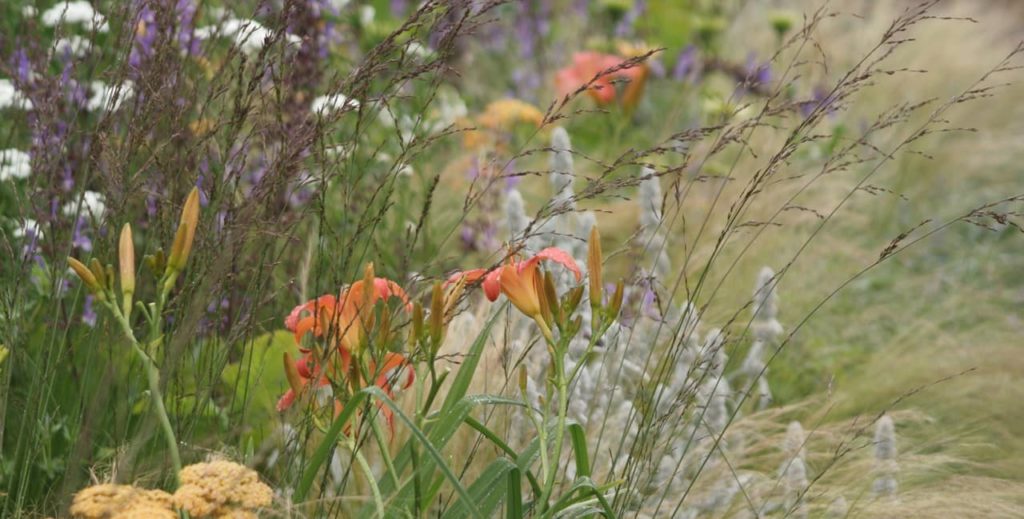
“In my 20s, I went to see my friend’s garden as she had just moved house and it was just this mass of colour, texture and light. She was an artist and had done it herself. I had no idea that a garden could touch you emotionally like that and I just knew I had to try it.
“I was definitely a latecomer to realising what gardens can and can’t be. This might have been different if my grandmother had lived longer, as I could have seen more of her garden.”
Can You Tell Us About Your Journey From Being A Professional Illustrator To Founding Amanda Patton Landscape & Garden Design?
“When I was a teenager, I thought I wanted to be a landscape photographer, which is still a major passion of mine, so I went to art college intending to do just that, but I quickly realised whilst I was there that I didn’t want to stop drawing or painting.
“I then went into archaeological illustration for a while and found gardening in the 1980s. I began illustrating for gardening books and was then lucky enough to get the contract for Alan Titchmarsh’s Ground Force books.
“This gave me a brilliant understanding of building things because you can’t draw something if you don’t understand how to build it. I’d get these sketches in from the team and I’d have to really think about the logic behind each one as I did them up.
“At the end of the 1990s, I wanted something more creative than what I was just doing. My own garden was the first garden which I ever designed.”
What Does Your Process For Designing Gardens Look Like? What Are You Inspired By?
“It always comes back to nature,” she says simply.
“The planting in my gardens always covers all four seasons, so in order to achieve that, I use a lot of grasses and offset that with something quite structural. I also love adding layers so your eyes don’t go straight to the back of the planting scheme.”
What Does A Typical Working Day In The Life Look Like For You?
“It varies quite a lot,” Amanda smiles.
“The concept stage, which is where I try and make it work, is full of drawings. By hand-drawing, you create all of the concepts by connecting them from hand to brain, so at the early stages, I always hand sketch the plans out.
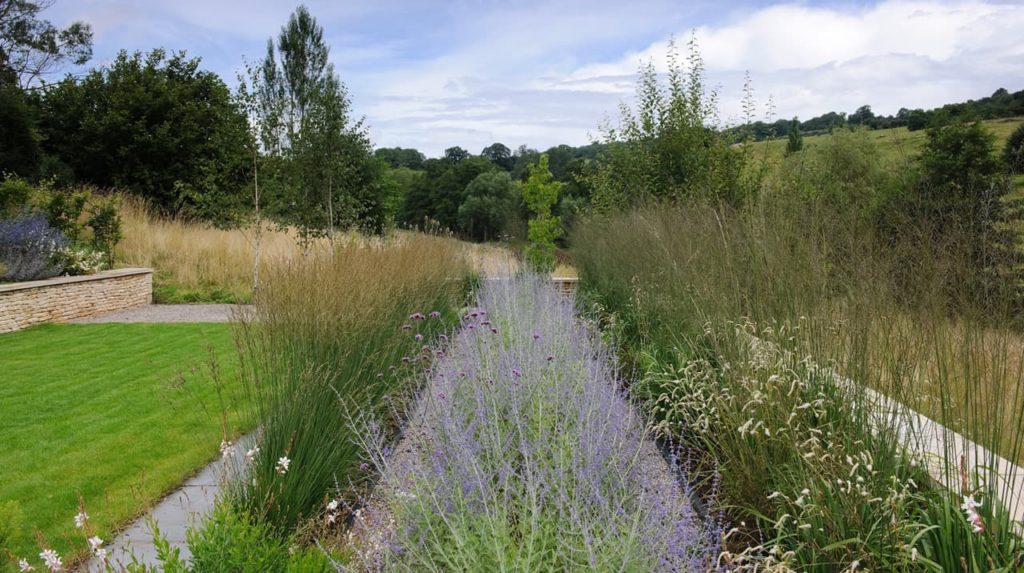
“I sketch out shapes until I’m getting something that works. After, that all gets drawn up in CAD. I design everything including the paving, construction and planting designs.
“I then might be out on-site observing a job whilst it is in person or meeting new clients.
“I can honestly say that no two days are the same. Some weeks I have back-to-back meetings, others I have none! I usually run at least 10 projects at once and each is usually at a different stage.”
You Have Created Show Gardens At RHS Chelsea And Hampton Court. Can You Share Some Highlights From These Experiences?
“Having started on this journey with no specific gardening qualifications, I thought Chelsea would be a great way of getting some accreditation. And it was – it kickstarted my career in 2002.
“In 2008, the Society of Garden Designers ran a competition to design a garden for Hampton Court called the Traveller’s Garden, which you could interpret in any way you wanted.
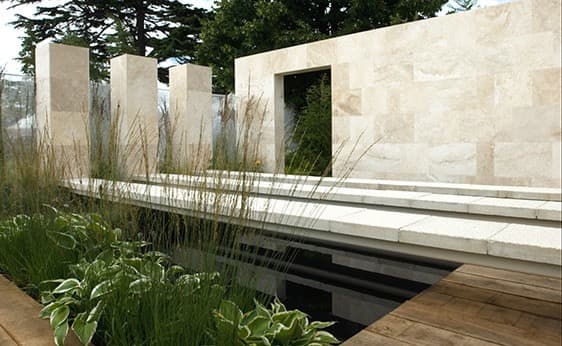
“Everything I do is about how things make me feel, so I used this garden to explore these ideas. I created a garden that was quite disruptive, with bridges cutting off paths.
“A lot of my design process is approached by what people will feel. It’s more than just creating a pretty place.”
What’s Next For You? Do You Have Any Upcoming Projects That You’d Like To Share With Our Readers?
“I’m trying very hard to get funding for a garden at Chelsea for a very personal project,” shares Amanda.
“It has been submitted and the RHS would love to see it built. It concerns the Infected Blood Inquiry that was happening [in the UK] during the 1970s-80s.
“So many people died from this, but it is still not talked about enough. One of [those] who died was my brother – he was only 38 at the time.
“I have designed Simon’s garden and as a concept, it shows the awfulness of that journey and the uncertainty of how it was going to play out when it all began.
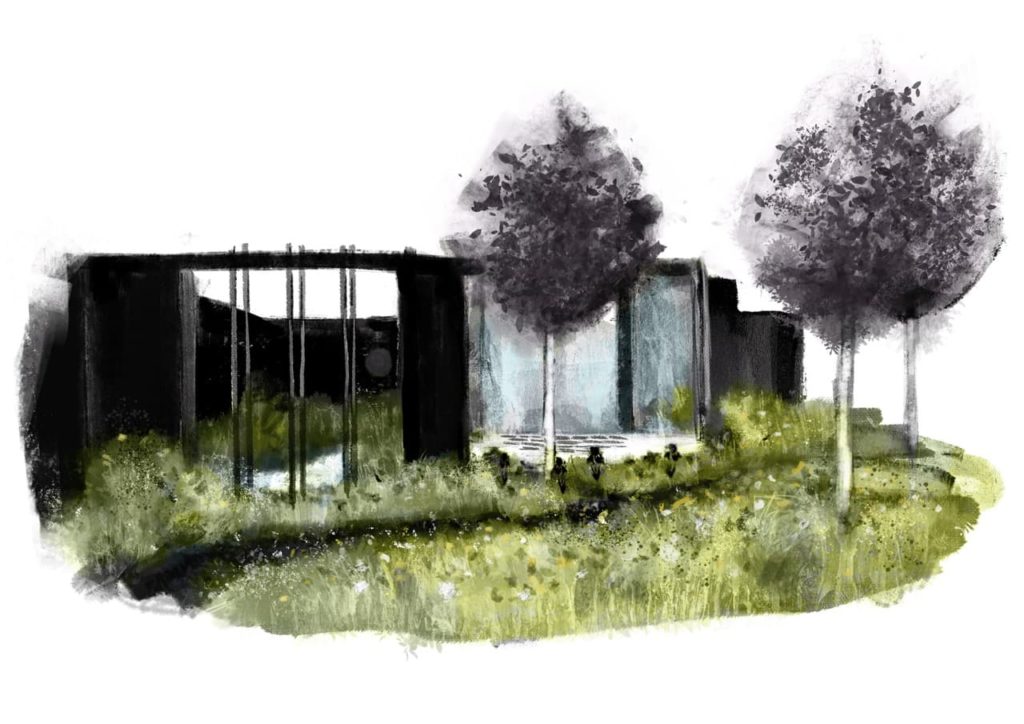
“What myself and The Haemophilia Society hope to do is tell this story through the garden. I’ve used three different states of water to express the emotion, as well as various other concepts and ideas that utilise light and dark.
“For instance, the front of the garden features tiny white and yellow flowers that are the lights that will be put out to represent the people that died, and then as you go through, there is a lot of dark planting and very little green. Eventually, you come through to the transparency of the inquiry.
“We are trying to get funding to build it at Chelsea in 2025 and then following that, we would then rebuild as a memorial garden, which we already have a location for.
“I’ve been working very hard on that, but it’s difficult because it’s such a niche market and so close to home. This project would really open people’s eyes to the absolute tragedy of it.”
Do You Have Any Advice For Those Thinking Of Giving Garden Design A Go?
“Don’t be afraid to ask for work with another company or nursery and get the experience first,” Amanda advises.
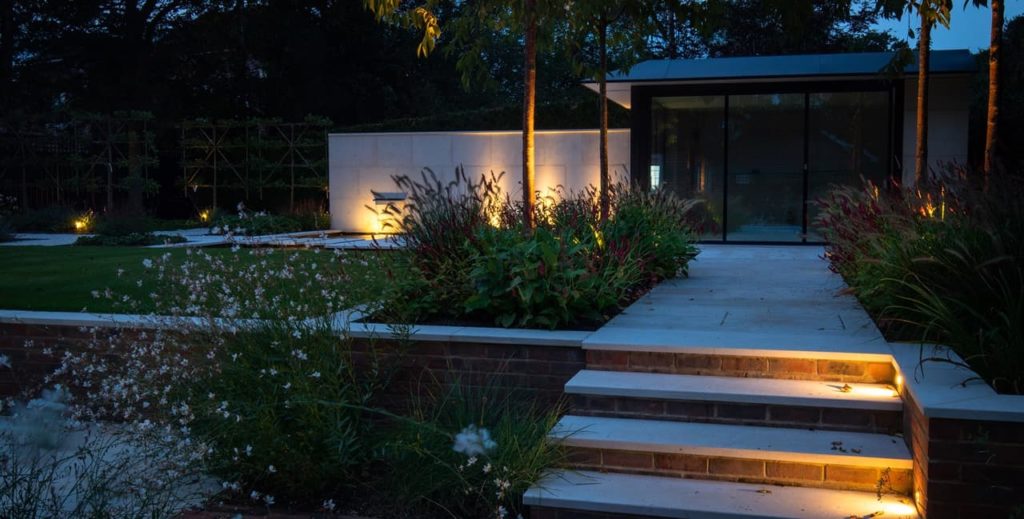
“It is a brilliant profession that I have been doing for nearly 24 years now. I love it even more than when I started because you’re doing something that really does make a difference in people’s lives while helping the environment and being creative.”

